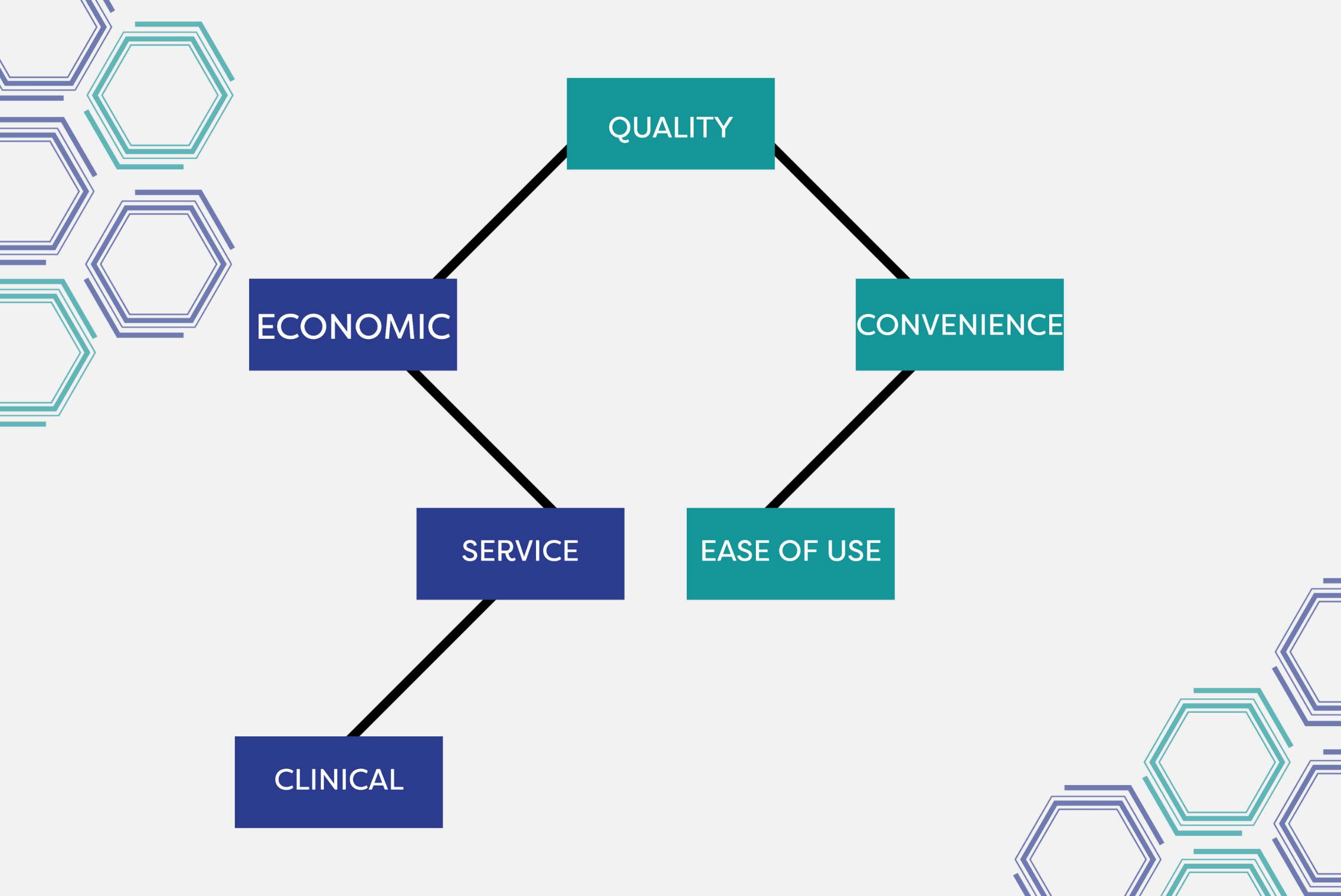Utilizing SMART goals for customer opportunity management ensures that sales strategies are clear, targeted, and aligned with broader business objectives. This approach enhances the efficiency and effectiveness of managing customer relationships and opportunities, driving superior sales performance and customer satisfaction.
Specific: Targeted Focus for Maximum Impact
Setting specific goals helps sales teams zero in on key customer segments or opportunities. For instance, rather than vaguely aiming to “increase customer engagement,” a specific goal would be to “increase engagement with the top 10% of high-value customers by scheduling monthly check-ins.” This level of precision ensures that efforts are concentrated on the most impactful activities, leading to more meaningful interactions and stronger customer relationships.
Measurable: Tracking Progress with Clear Criteria
Measurable goals provide clear benchmarks for tracking progress and success. Metrics such as the number of customer education sessions or follow-up activities are essential. For example, “achieve a 20% increase in customer follow-up meetings within six months” offers a tangible target, enabling sales teams to monitor their progress and make data-driven adjustments to their strategies.
Achievable: Setting Realistic and Motivating Targets
Realistic goals keep sales teams motivated and focused. For instance, a goal to “convert 30% of leads from a new marketing campaign within three months” is challenging yet attainable. Such goals encourage the team to push their limits without feeling overwhelmed, maintaining high morale and consistent performance.
Relevant: Aligning with Strategic Objectives
Goals must align with the overall strategic objectives of the company. Relevant goals might focus on enhancing customer satisfaction or expanding into new markets. An example of an appropriate goal is to “increase the number of customers moving to Elite status by 15% in the next year through improved follow-up processes.” This ensures that sales efforts contribute directly to the company’s broader mission and vision.
Time-bound: Creating Urgency with Deadlines
Setting deadlines instills a sense of urgency and prompts timely action. For instance, “complete 25 customer education sessions by the end of August” provides a clear timeline, ensuring that the team stays on track and meets their objectives within a set period. This time-bound approach fosters discipline and helps prioritize tasks effectively.
The Benefits of SMART Goals in Customer Opportunity Management
By applying SMART goals in customer opportunity management, sales teams can ensure their activities are focused, measurable, and aligned with immediate and long-term business goals. This strategic approach leads to:
- Better Resource Allocation: Resources are directed toward high-impact activities, optimizing efficiency.
- More Effective Customer Engagement: Targeted efforts result in stronger, more meaningful customer relationships.
- Increased Sales Performance: Clear, measurable goals drive consistent performance improvements.
- Enhanced Customer Satisfaction: Focused and relevant goals lead to improved customer experiences and loyalty.
Incorporating SMART goals into your customer opportunity management strategy ensures that your sales efforts are efficient and highly effective, paving the way for sustained business growth and success.





